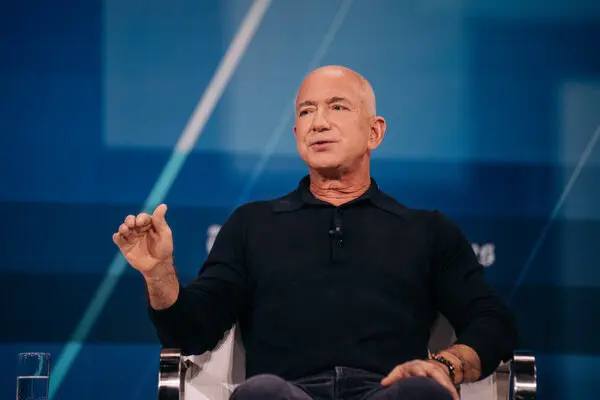Sri Lanka and Maldives ties are taking a confident leap into the future of regional diplomacy. With Sri Lankan President Anura Kumara Dissanayake making an official visit to the Maldives, the spotlight is on renewed bilateral relations built on trust, strategic alignment, and mutual development. For two small yet strategically located nations in the Indian Ocean, this meeting represents more than ceremonial engagement—it is a recalibration of priorities and partnership.
President Dissanayake’s visit comes at a pivotal time. Both countries are navigating post-pandemic recovery, facing global economic shifts, and striving for long-term resilience. As leaders of nations historically shaped by their geography and colonial pasts, both the Sri Lankan and Maldivian governments understand that collaboration is key to regional success. This visit affirms that vision and lays the groundwork for a next-level partnership.
Strategic Relevance of the Visit – Sri Lanka and Maldives Ties
President Dissanayake’s first official trip to the Maldives underlines a shift in how Sri Lanka sees regional diplomacy. Rather than relying solely on traditional allies or multilateral bodies, the government is focusing on strengthening ties with neighbouring island nations that share common interests—such as environmental protection, tourism, labour mobility, and maritime security.
With Maldives continuing to be a vital partner for Sri Lanka, the visit also marks an effort to stabilise and enhance South-South cooperation. It sends a clear message: island nations are capable of driving their own regional agenda without waiting for the larger powers to dictate terms.
Key Areas of Cooperation
Maritime Security and Indian Ocean Stability
Sri Lanka and the Maldives ties are bonded by the waters that surround them. With overlapping concerns about illegal fishing, smuggling, piracy, and maritime surveillance, both countries have agreed to step up cooperation in maintaining the safety of their shared maritime borders. Joint patrols, improved naval communication channels, and new digital surveillance technologies are all on the table.
Increased maritime collaboration will not only enhance security but also safeguard vital fishing zones and shipping routes, ensuring both economic and environmental benefits.
Trade, Investment, and Joint Tourism Development
The visit saw both leaders express commitment to boosting trade and investment. The Maldives has long been a dependable trade partner for Sri Lanka, particularly in the import of agricultural products, education services, and construction materials.
One of the standout proposals discussed during this visit is the creation of integrated travel packages. These would allow tourists to experience both countries within a single trip—exploring Sri Lanka’s lush highlands and heritage sites, then hopping over to the Maldives for luxury island retreats. This strategy aims to position the two countries as a combined tourism powerhouse in the Indian Ocean.
Education, Healthcare, and Labour Mobility
President Dissanayake and his Maldivian counterpart also focused on strengthening people-to-people ties. Thousands of Maldivian students attend schools and universities in Sri Lanka, while others travel to Colombo for medical treatment. Both governments have pledged to improve access to education and healthcare through joint scholarships, mutual recognition of qualifications, and faster visa processing.
In addition, new labour agreements are expected to be formalised. These will ensure safe, structured, and fair employment opportunities for Sri Lankan professionals working in the Maldives—especially in hospitality, construction, and health services.
Climate Resilience and Blue Economy Collaboration
Both nations are acutely vulnerable to the effects of climate change, from coastal erosion to rising sea levels. During the visit, leaders agreed to initiate joint efforts in areas such as coral reef preservation, marine biodiversity protection, and renewable energy deployment.
There are also plans to present a united front at global climate forums, advocating for stronger adaptation funding for small island developing states. The blue economy—encompassing fisheries, marine biotechnology, and ocean-based tourism—was highlighted as a priority area for long-term cooperation.
Economic Opportunities for the Private Sector
The agreements made during this diplomatic visit are expected to open new opportunities for businesses. Sri Lankan entrepreneurs in IT, healthcare, food production, and education can now explore more favourable market entry points in the Maldives. On the other hand, Maldivian investors are increasingly looking toward Sri Lanka’s real estate and hospitality sectors, particularly in coastal regions.
Trade chambers and business councils from both nations are expected to follow up with targeted B2B events, investment promotion roadshows, and collaborative forums in the coming months.
Moving from Vision to Action
While diplomatic visits often generate goodwill, the true challenge lies in turning agreements into measurable results. President Dissanayake has indicated that inter-governmental taskforces will be created to track progress on each area of cooperation. Deadlines, clear policy implementation paths, and regular review mechanisms will ensure that the initiatives launched during this visit don’t remain stuck on paper.
The political momentum is favourable. President Dissanayake leads with a strong mandate, and his administration has been vocal about building meaningful external partnerships that benefit ordinary Sri Lankans.
Why This Matters
This visit matters because it sets a new standard for regional diplomacy in South Asia—based not on dependency but on parity. It shows that small nations can lead with clarity and initiative, shaping their own future through thoughtful collaboration.
For Sri Lanka, this is also about building resilience by strengthening regional ties. Rather than waiting for global markets or larger powers to offer opportunities, the government is investing in meaningful, mutually beneficial partnerships close to home.
Conclusion
President Anura Kumara Dissanayake’s visit to the Maldives marks a strategic reset in Sri Lanka’s foreign relations. By choosing to work closely with a like-minded neighbour, the administration has laid the foundation for a new era of regional unity, development, and shared progress.
From the oceans that bind them to the people who move between them, Sri Lanka and Maldives are charting a joint path forward—one defined not by size or power, but by vision, action, and trust.





